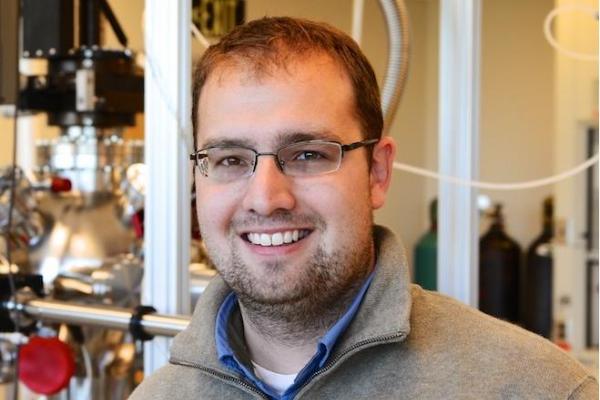
Please join us for a CME Seminar presented by Postdoctoral Researcher Adrian Swartz from Stanford Univeristy as he shares his research on "Tunneling spectroscopy of a dilute oxide superconductor". Dr. Swartz is part of Professor Harold Hwang's group in the Stanford Linear Accelerator Center.
Abstract
The nature of superconductivity in SrTiO3 has remained an open question for more than 50 years. The ongoing debate centers heavily on the role that high energy phonons play in pairing, the relevance of multi-band superconductivity, and the nature of superconductivity in the limit of low carrier density. Tunneling spectroscopy, which probes the electronic density of states, is a powerful tool to investigate the superconducting ground state as well as the electron-phonon (e-ph) coupling strength (λ). Using a newly developed method for engineering band alignments at epitaxial oxide interfaces, we have measured the doping evolution of λ and superconducting gap in Nb-doped SrTiO3 by high resolution tunneling spectroscopy. In the normal state, we observe strong coupling to the high energy longitudinal optical phonon modes indicative of a polaronic regime. Yet when cooled below the superconducting transition temperature Tc, we observe a single superconducting gap corresponding with the weak-coupling limit of BCS theory. I will discuss possible pairing scenarios and the relevance to emerging 2D superconductors such as LaAlO3/SrTiO3 and monolayers of FeSe.
